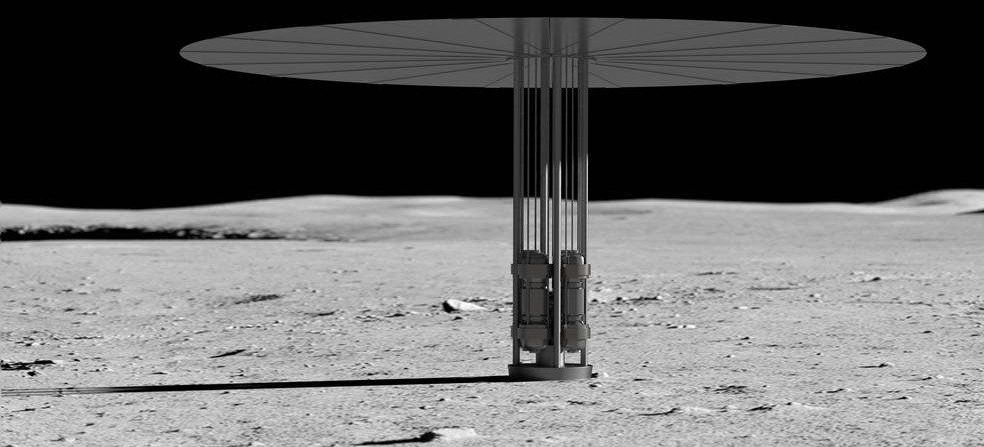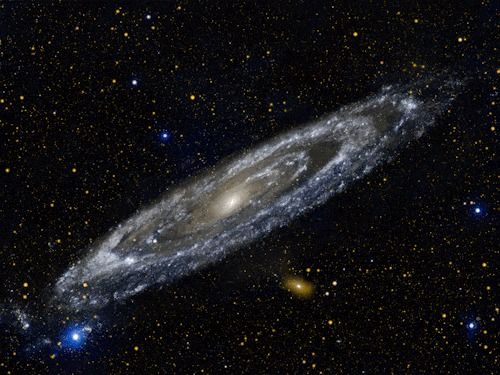Nuclear power has powered rockets for decades, but reaching deep space will require a big leap.



In January, the deputy head of the CNSA Wu Yanhua explained that Chang’e 5 and 6 would serve as missions to return samples from the moon while Chang’e 7 will survey the South Pole, this lunar area is of great interest for human colonies since holds water ice. Yanhua added that they hope Chang’e 8 will be able to test out some technologies and explore the moon to determine how to build a joint lunar base that multiple countries can share.
Once again, China is not the only one who wants to send humans back to the Moon. Both NASA and the ESA have plans in the works. The ESA’s new director-general, Jan Woerner introduced plans for a permanent Moon base in 2016. His ideal ‘Moon village’ would be home to a diverse set of people such as scientists and artists, as well as public and private organizations. The lunar base would serve many purposes such as astronomical research, tourism, or mining minerals.
Ariel Ekblaw, the founder of the MIT Media Lab’s Space Exploration Initiative, is also looking to “democratize space.” Thus, he has formed multi-disciplinary research groups studying everything from robotics and synthetic neurobiology to architecture, art, space, and even design.

The loss of the courageous men and women from Apollo 1, Challenger, and Columbia was not in vain. America will lead the world into a new era of discovery.
President Trump’s full statement: http://45.wh.gov/o81S3D

Today, Zhongguancun is home to about 9,000 hi-tech companies, including Chinese search engine and artificial intelligence champion Baidu, social media giant Sina Corp, as well as regional headquarters for global giants like Microsoft and Google. Nearly half of the country’s 70 unicorns – start-ups with a valuation of US$1 billion or more – are located in the area.
Zhongguancun has 9,000 hi-tech companies.

Go into your backyard about 20:30 p.m. EST or thereabouts this weekend and you can see the most incredible thing – the Andromeda Galaxy – one of the farthest objects visible to the naked eye. If you know where to look. Locating the ‘other ’ major galaxy in our Local Group is an exercise in stargazing on a grand scale, and the beginning of fall is absolutely the best time to take a look at it.

Discover the world’s best science and medicine | Nature.com




He and Neil Armstrong were the first men to set foot on the moon as part of the Apollo 11 mission. Fifty years ago, Buzz planted the American Flag on the face of the moon. He has written 9 books, is a recipient of the Presidential Medal of Freedom and the Congressional Gold Medal, and is a tireless advocate for space exploration and discovery.